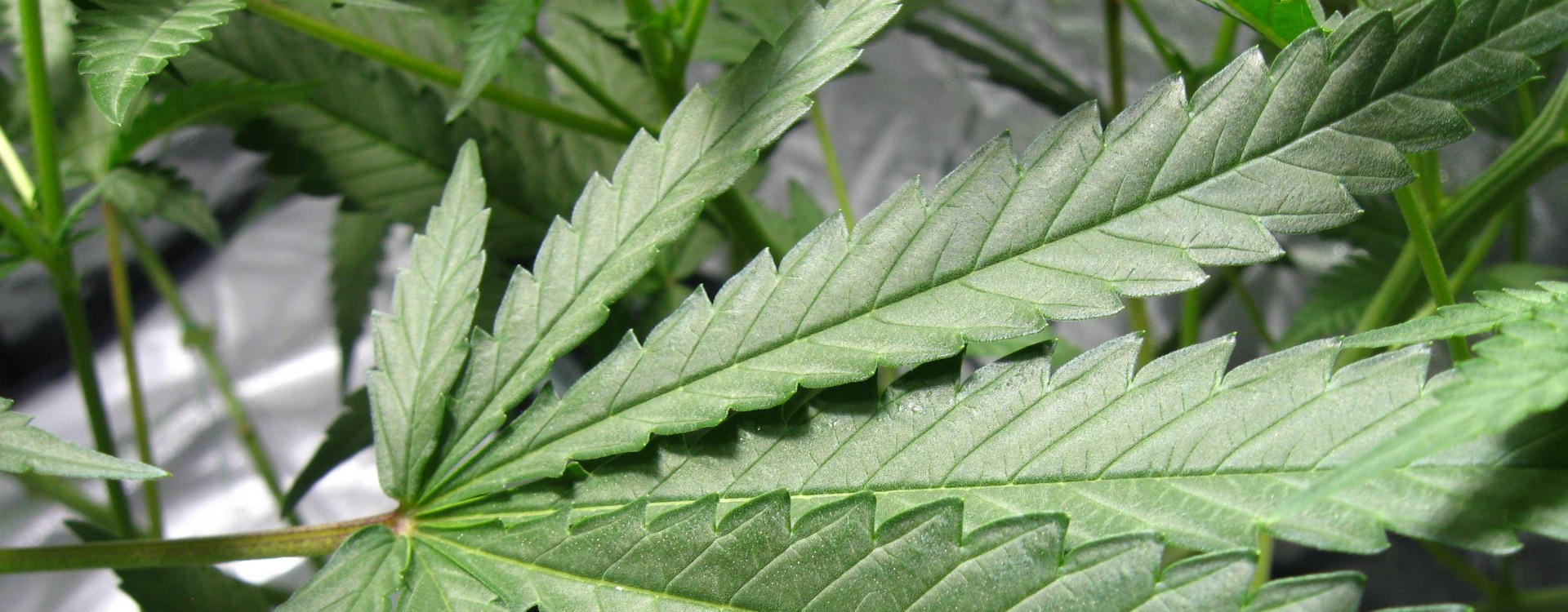Drug testing is a staple in the workplace. As many states in the nation are approving legal marijuana laws and policies for medicinal and/or recreational purposes, employers are left wondering how to handle the issues that come with legal marijuana. It is critical that employers understand their rights and responsibilities when it comes to legal marijuana. Employees who fall under the Department of Transportation (DOT) guidelines must adhere to federal requirements, while non-DOT employees may have other guidelines to abide by. State laws and statutes, contractual requirements, or company policies may influence an employer’s decision when it comes to drug testing methods. When it comes to drug testing, there isn’t a one-size-fits-all approach. Employers must understand the methods available for workplace testing.
Comparing Legalized Marijuana and Alcohol
Let’s compare legalized marijuana to another substance—alcohol. Alcohol is legal but is still banned in most workplaces. The key difference between these two legal substances (in Alaska) is that alcohol test results will have a direct correlation to impairment, whereas a test for marijuana won’t. There is currently no evidential test for marijuana related to impairment caused by the substance. For example, a blood alcohol content of .02 is the magic number that determines whether a person may or may not continue to work in a DOT-covered position. There is no such magic number for marijuana. Different testing methods are available to employers depending on their specific needs.
Urine Testing
For many years, urine testing has been the industry-leading collection method. In fact, urine drug testing is currently the only DOT-approved method of testing. Often referred to as the “Gold Standard” in the drug testing industry, many employers default to urine drug testing for all of their testing needs. For marijuana, urine tests provide an approximate window of detection that ranges from two to thirty days; however, urine drug tests may yield a positive result longer than thirty days past the use date depending on a few different variables. Frequency of use, diet, body type, THC content, method of use, and other factors can dictate how long marijuana will show up in a urine drug screen. Some employers are not interested in their employees’ history beyond a few days. On the other hand, other employers may want to have a more in-depth history of their employees’ potential drug use.
Hair Testing
Hair testing is becoming a more common method of drug testing in the workplace. Although hair testing is not a DOT-approved method of testing, many employers turn to hair testing for other employees classified as “safety sensitive.” The approximate window of detection for marijuana in a hair test is sixty to ninety days, meaning that a hair test can detect marijuana use from the previous two to three months, and sometimes even longer. Due to the longer window of detection, hair testing is mostly used for pre-employment or pre-access testing. Similar to urine, some variables will change how long marijuana is detected in a hair sample, the most significant variable being the location on the body from which the hair is collected.
Oral Fluid Testing
With the growing number of states legalizing marijuana, oral fluid testing (also known as saliva testing) is taking a step forward in workplace testing despite being the least common method of the three discussed. One of the most significant benefits to oral fluid testing is that it isn’t as invasive as a urine test or hair test. Also, the approximate window of detection for marijuana is approximately twenty-four to forty-eight hours. This detection time is attractive to many employers, especially those in states where marijuana is legal, but this method of testing still does not correlate to any level of impairment. Like hair testing, oral fluid testing is not a DOT-approved method of testing; however, the DOT is exploring the option of adding oral fluid testing to the DOT-approved method list.
Consequences of Positive Test Results
Understanding the different methodologies for detecting marijuana in an employee’s system is important, but knowing the consequences for testing positive for marijuana is equally important. First, as an employer that has a DOT drug and alcohol testing plan, it is imperative to understand DOT’s stance on marijuana. DOT has made it very clear that they will not accept medical or recreational use of marijuana as a legitimate reason for a positive result. Any use of marijuana, whether it be medical, or even used in a state that has legalized marijuana recreationally, like Alaska, is prohibited. Any employee who tests positive for marijuana for any reason is in violation of DOT’s regulations and must undergo a Substance Abuse Professional (SAP) evaluation and complete the Return to Duty process before returning to DOT-covered functions.
As an employer who has a non-DOT drug testing policy, there are several considerations to keep in mind. State statutes may limit, prohibit or have no limitation on the types of tests or restrictions for which an employer may test an employee. For example, the Alaska state statute – “An Act to tax and regulate the production, sale, and use of marijuana” states:
Sec. 17.38.120
(d) Nothing in this chapter shall prohibit a person, employer, school, hospital, recreation or youth center, correction facility, corporation or any other entity who occupies, owns or controls private property from prohibiting or otherwise regulating the possession, consumption, use, display, transfer, distribution, sale, transportation, or growing of marijuana on or in that property
As you can see, the Alaska state statute to legalize recreational marijuana does not prohibit an employer from testing for and taking action against an employee who tests positive for marijuana.
Another consideration to keep in mind when managing a non-DOT drug testing policy is compliance with contractual requirements. In Alaska, there are a significant amount of Operator-Contractor agreements, in which drug testing is part of the contract. Keep in mind that if you are under contract to perform work that you must abide by the Operator’s drug testing policy. If the policy states that marijuana is a prohibited substance, you must ensure that you follow that exact policy and do not put any employee who tests positive for marijuana to work on that project.
Understanding the new marijuana laws can be overwhelming. Knowing that DOT does not accept any use of marijuana is important, and also knowing that you have various options with a non-DOT policy is essential. Whether your company has a DOT or a non-DOT drug testing policy, it is imperative to make a clear stance on the marijuana issue in your policy. Once you have that stance clearly stated, be sure to educate your employees. Though the new laws around marijuana may seem daunting as an employer, if you understand the different testing methods and your rights to prohibit an employee’s use, you will be well on your way to maintaining a safe and drug-free workplace.



